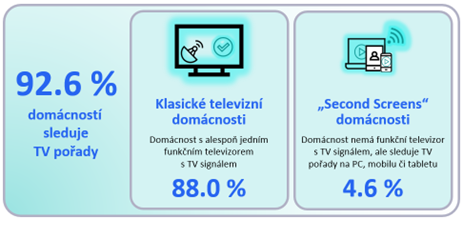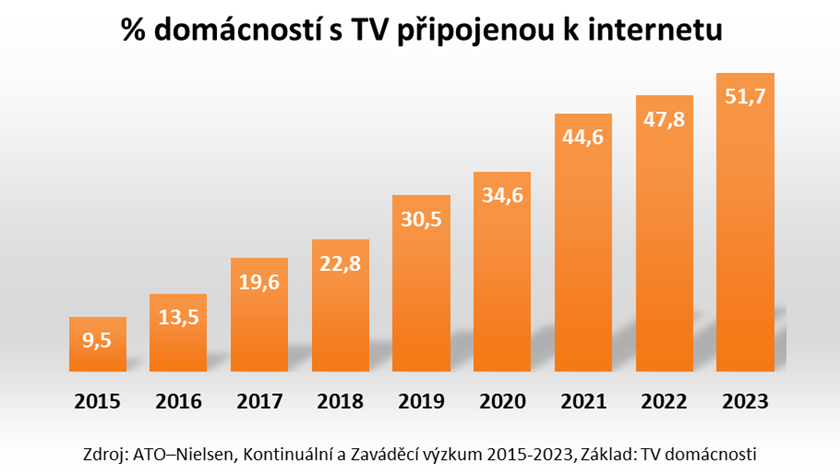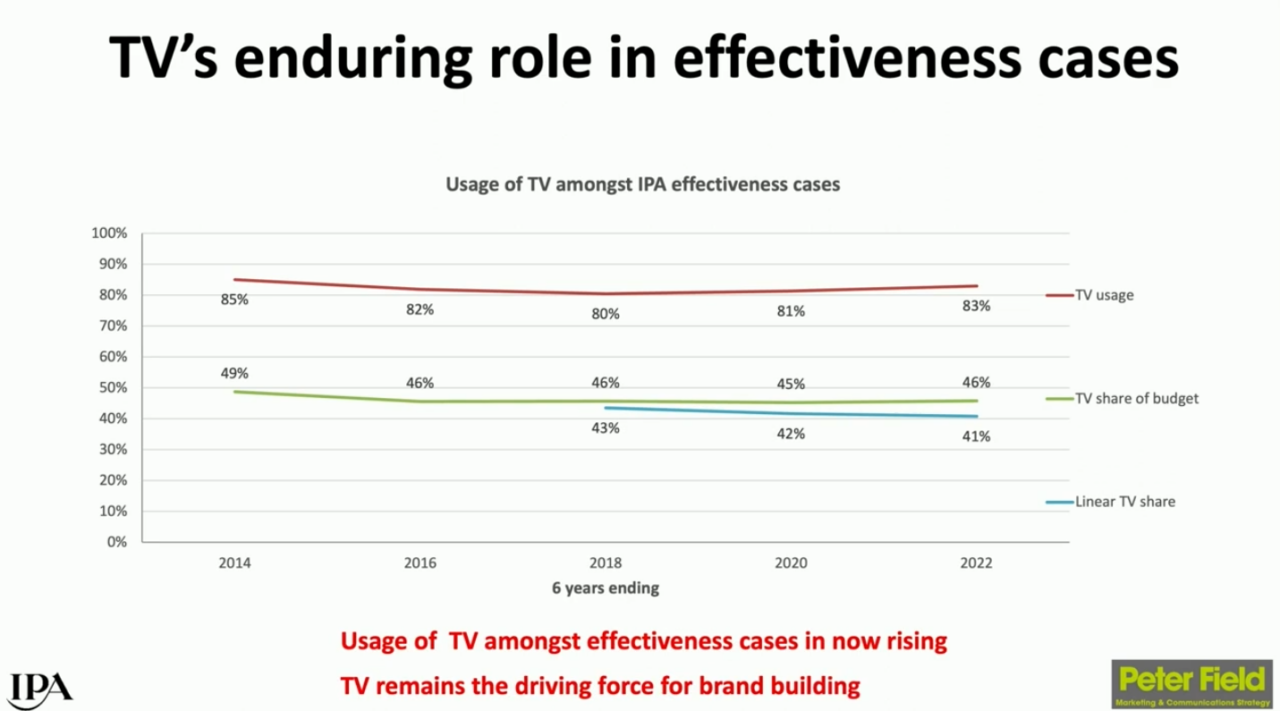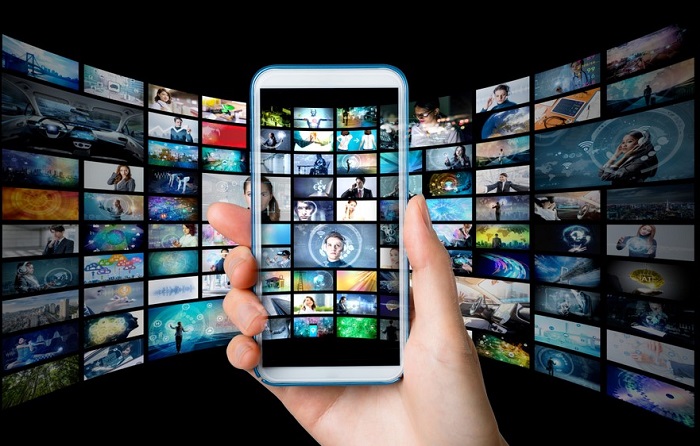Social networks are powerful but they cannot replace TV advertising. This is what advertisers should realise, as they often feel as if they are at a crossroads with only one way to choose. But the truth is that a hybrid approach is optimal because each channel has its own unique advantages - and together they can be a powerful marketing weapon. The cornerstone of success is the ability to strike a balance and leverage the strengths of both mediums.
The Objective Is Common
Television advertising is very different from social media advertising but they have one thing in common. In both cases, the goal is to grab the audience’s attention and get them to take the desired action. A clear understanding of each of these ways is a prerequisite for making an informed decision.
There Is No Argument about the Power of Social Media
The number of social media users around the world continues to increase. According to statista.com, in 2021 there were 4.26 billion social media users, in 2022 there were 4.59 billion, and in 2023 there were 4.89 billion. This year, the figure is expected to exceed 5 billion and rise to nearly 6 billion in 2027.
In 2022, the average daily time spent on social media by internet users worldwide was 151 minutes, up from 147 minutes the previous year. As for the global social media penetration rate, it is 54% globally, and 79% in Western Europe. The reasons why people access social media vary. The main ones include users’ predilection for finding funny or entertaining content, sharing photos and videos with friends, and connecting with friends they cannot see in person.
The most followed social networks are Facebook, YouTube, WhatsApp, Instagram, WeChat, TikTok and Snapchat.
Television Is No Less Powerful
Despite the incredibly rapid evolution of technology and the transformation of consumer habits, television continues to be the most powerful advertising platform and is still perceived as the most compelling and trusted media channel.
In addition, television broadcasts are also watched over the internet on so-called second screens, i.e. on smartphone displays, personal computer screens and laptop or tablet displays. According to the ATO’s 2023 report, 88% of households have at least one working TV set at home and receive a TV signal. A further 4.6% are households that do not have a working TV set with a TV signal but watch TV on a PC, mobile or tablet. In total, 92.6% of Czech households watch TV programmes.
 Source: ATO Nielsen – Continuous research 2023
Source: ATO Nielsen – Continuous research 2023In addition, there has been a long-term increase in the number of households with a smart TV connected to the internet:
 Source: ATO-Nielsen, Continuous and Introductory Research 2015-2023, Base: TV households
Source: ATO-Nielsen, Continuous and Introductory Research 2015-2023, Base: TV householdsWatching TV programmes is therefore still one of the essential activities of Czech households. The question of how it is technically implemented or whether viewers watch live or use shifted viewing does not change this.
Two Different Worlds of Advertising
Television advertising is a seasoned professional when it comes to marketing and advertising. More than eighty years have passed since the world’s first advertisement was introduced, and brands are still reaping the benefits of TV advertising and using it to connect with households around the world. This is because it offers unrivalled reach and can address a diverse demographic of viewers.
Compared to the long history of TV advertising, social media promotion is still in its infancy. But it cannot be underestimated at all. In just a few years, social media has become a force to be reckoned with. They offer highly personalised and interactive communication with users, and thanks to sophisticated algorithms, consumers can be targeted according to their online behaviour, their interests and their interaction with specific content.
Not so long ago, marketers were making arguments that put social networks on a pedestal - mainly because of their interactivity, the ubiquity of internet-connected devices, the possibilities of targeting and personalisation, and last but not least, better measurement capabilities.
But that is no longer the case. Thanks to the ability to watch TV on second screens, the former dependence on a physical TV set is no longer necessary. Nevertheless, the biggest screen at home has its undeniable advantages and according to recent data, TV sets in households are not declining. HbbTV conveys the necessary interactivity, CTV brings on-demand content, personalisation, targeting and viewing options.
The truth is that TV advertising and social media advertising are two completely different worlds. But it would be a mistake to focus on just one when there is an opportunity to leverage the strengths of each.
Social Networks Will Not Replace TV Advertising
Television advertising has a huge reach and can deliver advertising messages to millions of households simultaneously. No matter what is broadcast, TV advertising can appeal to a wide and diverse audience. The powerful impact of television is further enhanced by addressable television advertising. It grabs more attention and is more memorable than non-addressable advertising.
Another advantage of television is the high trust and reliability of the medium – in this respect, television has no competition. The data shows that there is a clear relationship between the trust in the brand that an advertiser builds through advertising and the profit generated. Consumers increasingly judge the quality of a brand on the basis of whether they trust the brand (and the ad). And television is still one of the most trusted media.
Its other big advantage is the time it takes to convey the advertising message about the product or brand. A few seconds of video or static display advertising may not be nearly enough to convey the advertising message to consumers. Longer TV spots have undeniable advantages in terms of attention-grabbing and memorability. In addition, television advertising is not as intrusive as other advertising and is perceived by viewers as a normal part of television broadcasting.
Another area where television is unrivalled is in delivering truly important messages that build emotional and mental accessibility. And emotion works much better because it creates a stronger and more lasting mental accessibility that drives continued growth in demand for brands. When it comes to emotional campaigns, there is never enough TV. Campaigns that used TV above average were always clearly more effective than those that used it less.
Television Is the Master of Efficiency
In addition, the role of TV advertising in achieving campaign effectiveness continues to grow. As Peter Field said, it is not enough to live in a world of performance marketing, it is also important to build the power of brand and increase brand awareness among consumers. And it is in this area that television is achieving excellent results. Television is still dynamic and important, partly due to the growth of BVOD, which emphasises the development of television as it fits perfectly into the lifestyles of younger viewers.
 Source: thinktv.com
Source: thinktv.comIn addition, Peter Field uses data from Professor Karen Nelson-Field to show that brand building and growing long-term demand on digital platforms is much more difficult than first thought. This is because of the cluttered, distracting and scrolling environment in which people don’t pay as much attention to advertising as brands need.
Hybrid Approach Means Win-Win
The experts are clear. As Matt Hill, Director of Research and Planning at Thinkbox, said it is not an “either-or” proposition. Social media and TV can complement each other perfectly, he says. “The two media channels work well together - social media campaigns are 31% more effective when run alongside a TV campaign. By raising awareness, building trust and building a warm relationship with the brand, TV can increase the effectiveness of other forms of advertising because people already have some awareness and will take you into consideration.”
Combining TV with other channels leads to an increase in the quality of all other channels. The specific combination depends on the client and the objectives of the specific campaign. New technologies are making it easier and more cost-effective than ever to shoot quality content. Reusing content for different campaigns not only saves money but helps brands make their advertising more sustainable. And that is a factor that is crucial for modern brands striving for responsible business.
Sources: linkedin.com, thinktv.com, falloffthewall.com

